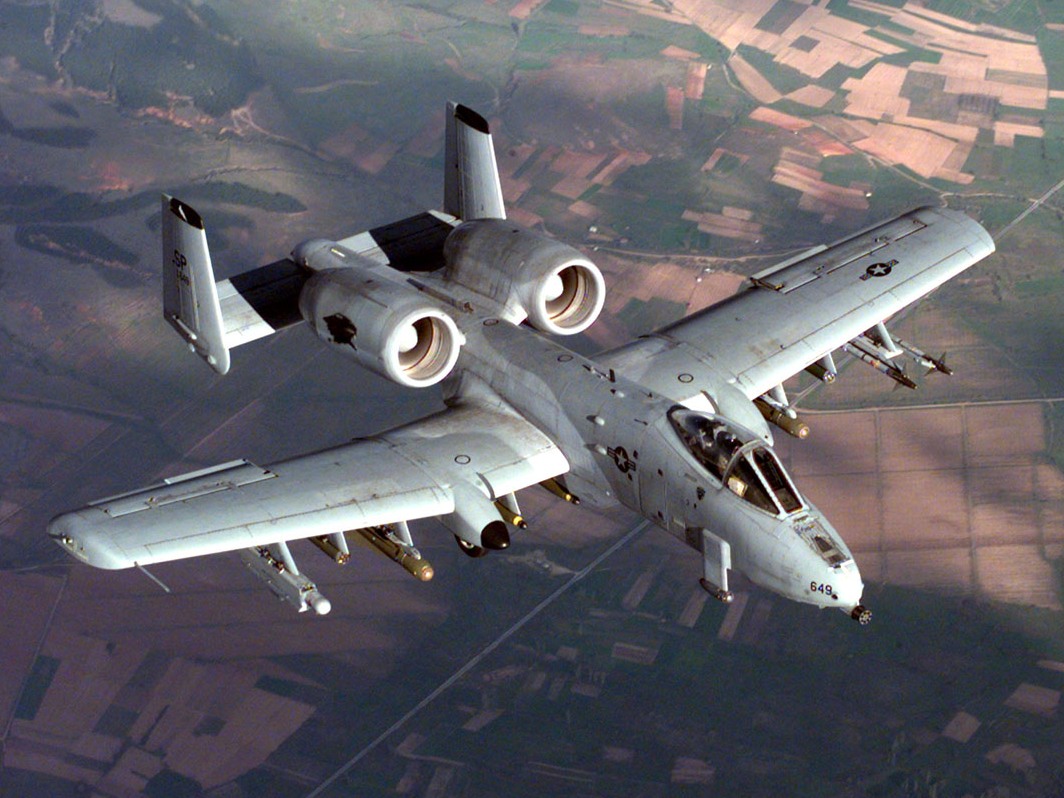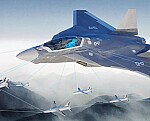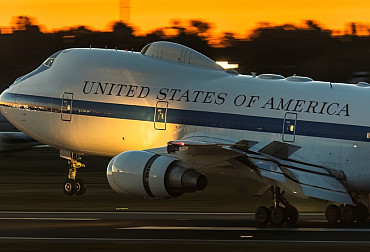Congress pushes back on Pentagon's Air Force cuts: A-10 Warthog, F-35, and E-7 programs face budget battles
A fierce battle is brewing in Washington as Congress moves to reverse some of the most significant proposed cuts to the Air Force's budget for fiscal year 2026, putting key aircraft programs like the A-10 Warthog, F-35 Joint Strike Fighter, and E-7 Wedgetail in the spotlight.

The Pentagon’s budget proposal, released in June, outlined dramatic changes, including the accelerated retirement of the entire 162-plane A-10 attack aircraft fleet by 2026 – two years ahead of schedule. It also called for the cancellation of the E-7 Wedgetail airborne battle management program in favor of E-2D Hawkeyes and space-based sensors, and a near halving of the planned F-35A Joint Strike Fighter purchases, reducing them to just 24 aircraft.
These proposed cuts, particularly for the E-7 and F-35, sent shockwaves through the Air Force community. A group of 16 retired four-star generals, including six former Chiefs of Staff, vocalized their strong opposition, sending a letter to top congressional leaders earlier this week urging them to alter course.
Congress has swiftly responded. On Friday, the Senate Armed Services Committee announced its approval of its version of the 2026 National Defense Authorization Act (NDAA), which directly addresses some of these contentious changes. The Senate's NDAA would mandate the Air Force to retain at least 103 A-10 Warthogs in 2026. Furthermore, it would add 10 more F-35As to the service’s procurement list, bringing the total planned purchase of these advanced fighters to 35.
Meanwhile, the House Armed Services Committee also released its chairman’s mark of the NDAA on Friday, focusing on different but equally significant reversals. The House proposal seeks to restore critical funding for the Air Force’s E-7 program. The E-7 Wedgetail, manufactured by Boeing, is intended to replace the aging E-3 Sentry (Airborne Warning and Control System) aircraft.
The Pentagon, however, has recently pushed to terminate the E-7 program. Defense Secretary Pete Hegseth stated in June that the E-7’s costs have escalated and questioned its survivability against advanced adversaries like China. The department's 2026 budget proposal significantly cut E-7 funding to nearly $200 million, a stark reduction from $850 million in 2024 and $607 million in 2025. The House’s proposed NDAA would counter this by adding an additional $600 million to the E-7 program, boosting its budget to nearly $800 million to continue its rapid prototyping phase.
Beyond these major aircraft programs, the House would also grant the Air Force's request for $387 million for the Lockheed Martin-made hypersonic AGM-183A Air-launched Rapid Response Weapon (ARRW). This comes as a notable shift, as the Air Force had previously shown signs of backing away from ARRW following a series of failed tests in recent years.
Adding another layer of strategic oversight, the Senate NDAA would also require the Air Force to submit two comprehensive roadmaps for future key missions: one detailing its bomber force strategy, and another outlining its plans for intelligence, surveillance, and reconnaissance operations.
As the debate over the 2026 defense budget intensifies, the ongoing push and pull between the Pentagon and Congress highlights fundamental disagreements over the future shape and capabilities of the U.S. Air Force. The final outcome will significantly impact the service's modernization efforts and its ability to confront evolving global threats.








